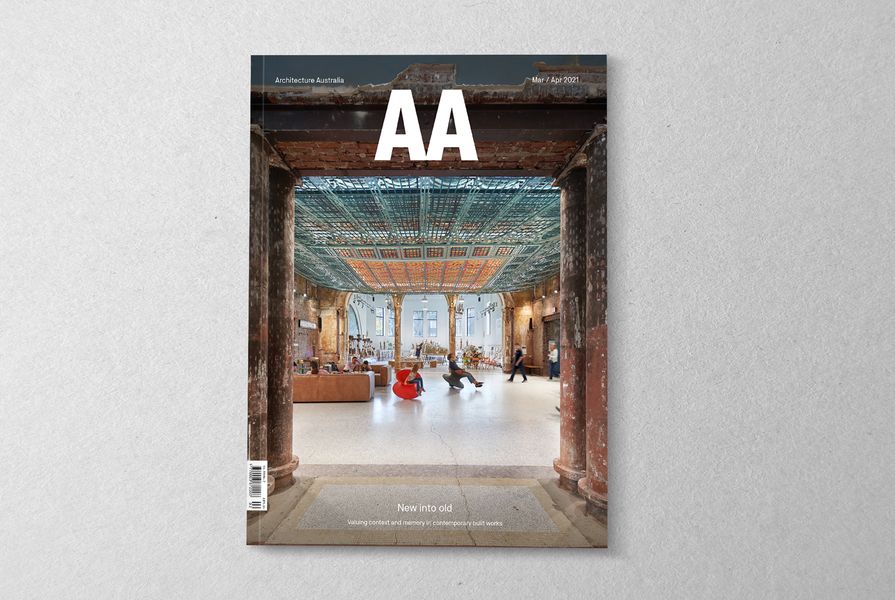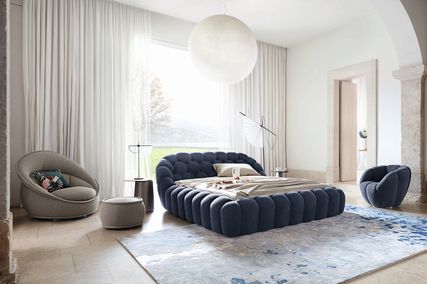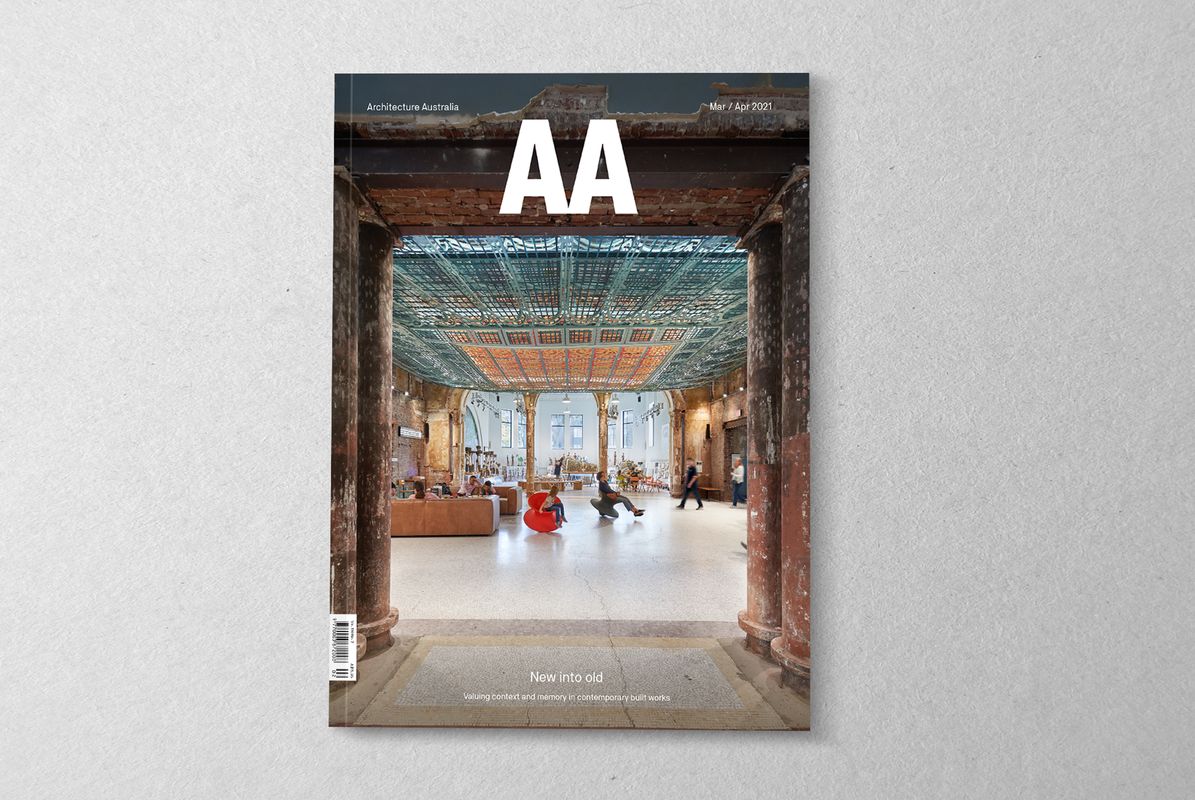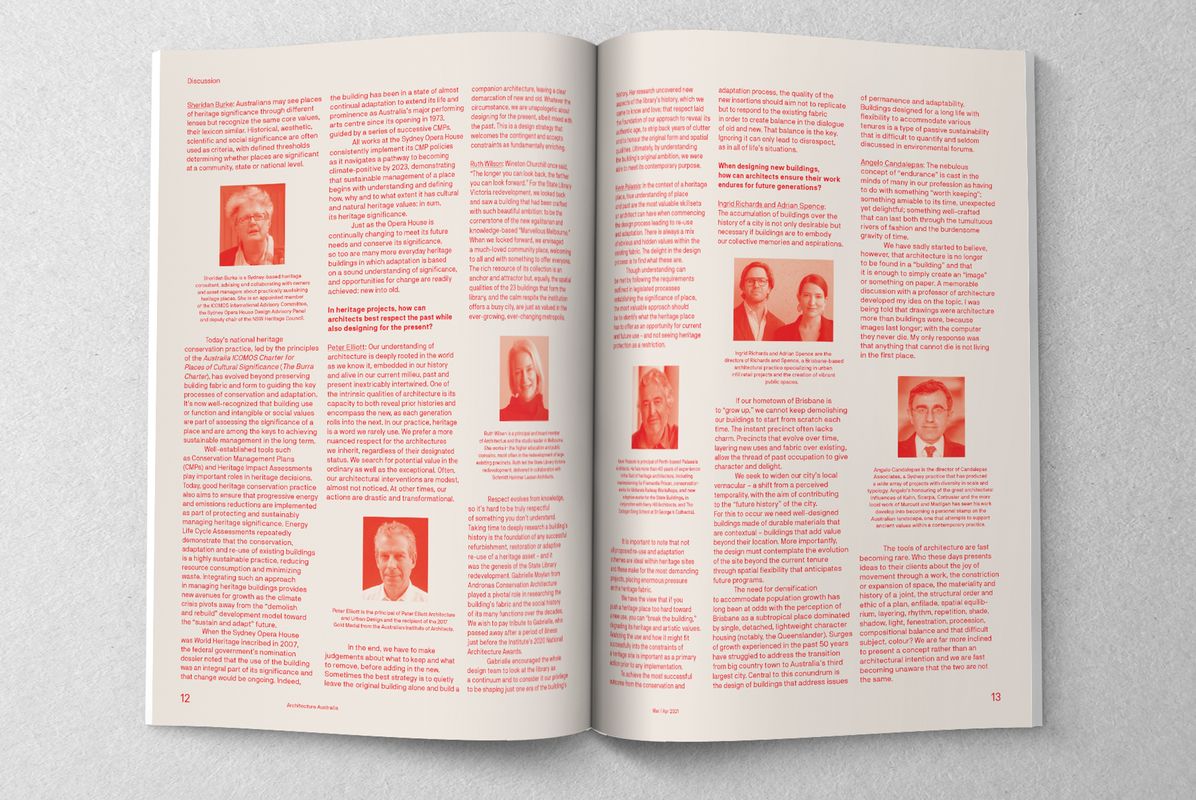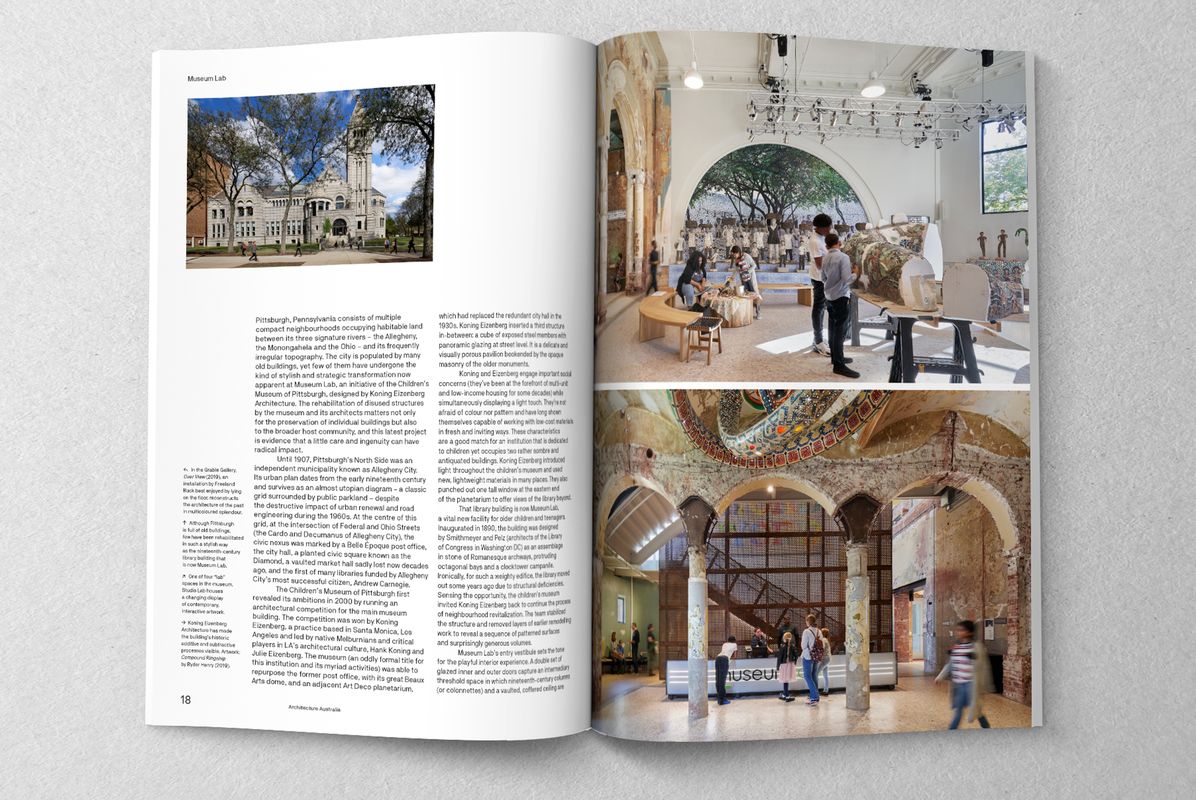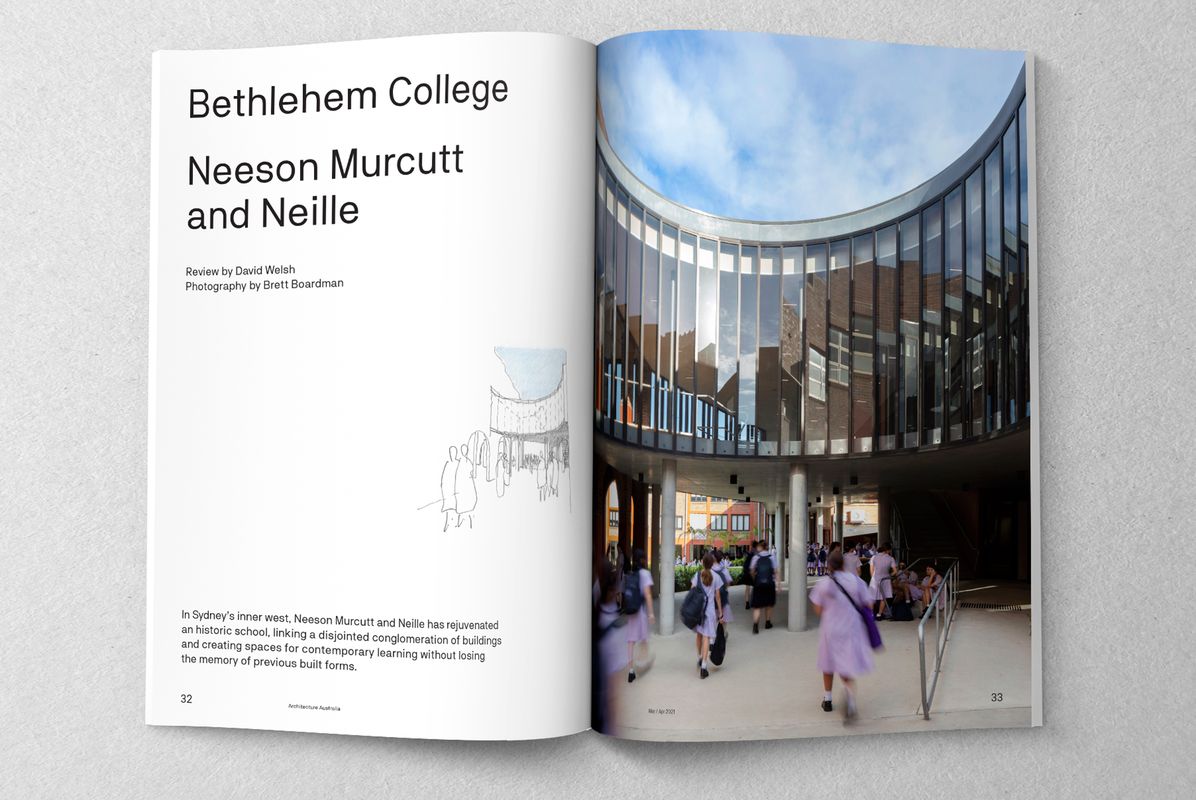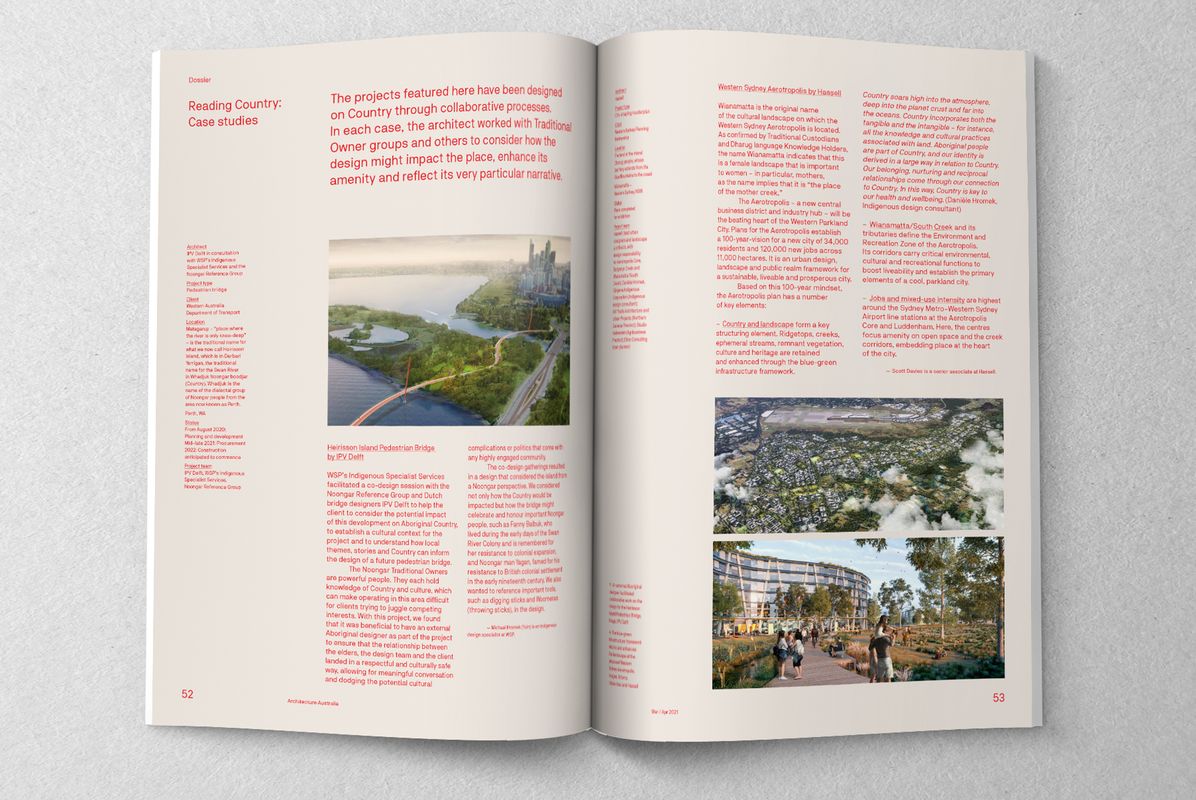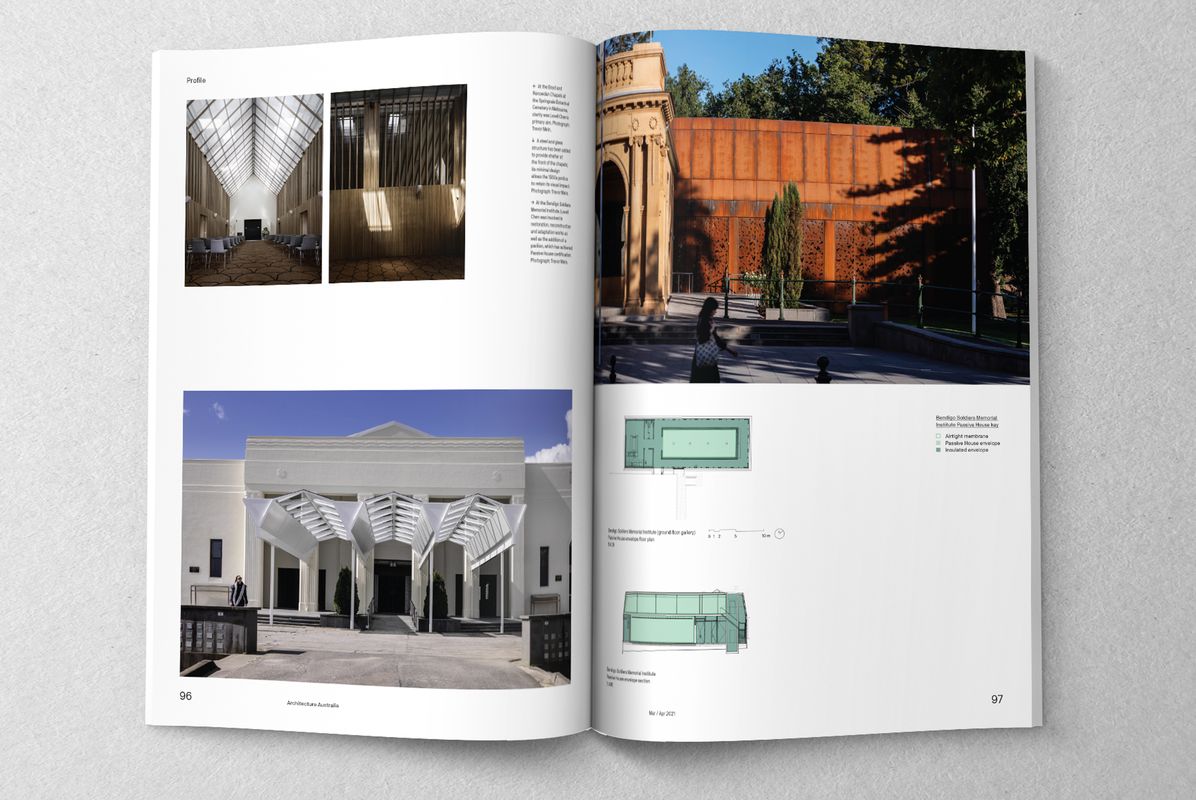Regenerative design is the single most sustainable thing we can do in the construction sector. As our cities grow and evolve during a time of climate and environmental emergency, architects are in a position to creatively and tactfully extend the life of existing building stock – which may or may not have heritage significance – rather than simply building new.
Expert information gathering and a deep understanding of context is a fundamental component of a thorough design process. As Peter Elliott says,“Our understanding of architecture is deeply rooted in the world as we know it, embedded in our history and alive in our current milieu, past and present inextricably intertwined.”
There is no set formula for working with existing buildings; rather, our judgements about what to keep, what not to keep and how the old might interact with the new must be site-specific and considered. This special issue of Architecture Australia explores the myriad ways in which architects respond to ever-changing contemporary needs within layered histories of built work.
The questions around which buildings have heritage value, and who decides, are complex and intriguing. To introduce this issue, we invited a series of practitioners to give us their thoughts. Of course, statutory bodies and other responsible authorities have assessment tools and strategies – but sometimes, through community response or an architect’s own research, it becomes evident that an apparently ordinary building has a significance far greater than its physical footprint. This discussion is also relevant in the design of new buildings – how can architects ensure that their work endures? Buildings designed with a simultaneous sense of permanence and adaptability embody, as Ingrid Richards and Adrian Spence of Richards and Spence suggest, “a type of passive sustainability that is difficult to quantify.”
Responding to an “old” built work is one thing, but how do we respond to an entity that is “old” and “living”? In this issue’s Dossier on the value of heritage and memory in contemporary architecture, Danièle Hromek, a Budawang woman of the Yuin nation, shares the ways in which she supports non-Indigenous practitioners to ensure that Country is respected and celebrated in their designs. A series of case studies sits alongside Hromek’s insightful essay to illustrate the importance of collaborative design rocesses as we reach back past colonial heritage to acknowledge the Traditional Owners of the land.
Over the last year, we’ve seen our cities empty as a result of the global pandemic, raising questions of adaptive re-use at a larger or urban scale – both temporarily and permanently. Looking beyond the individual project, we invited Philip Vivian to reflect on how our cities might change or evolve at this pivotal moment in time.
From the re-imagining of Australia’s oldest continually operating theatre in Hobart to the repurposing of an existing, undistinguished commercial building in Sydney, each of the projects collected together for this issue exhibit a vital link between history and multiple possible futures. These buildings are not image-driven and the architect’s hand is not always visible. As Peter Raisbeck says in his profile of Lovell Chen, this is work by practices that are “dedicated to architecture’s long game.”
Katelin Butler, editorial director
Follow Architecture Australia on Twitter
Subscriptions and back issues: Print and Digital
Source
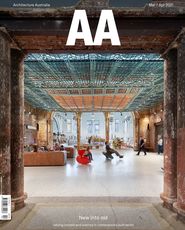
Preview
Published online: 5 Mar 2021
Words:
Katelin Butler
Images:
Brett Boardman,
Eric Staudenmaier,
Natasha Mulhall,
Trevor Mein
Issue
Architecture Australia, March 2021

